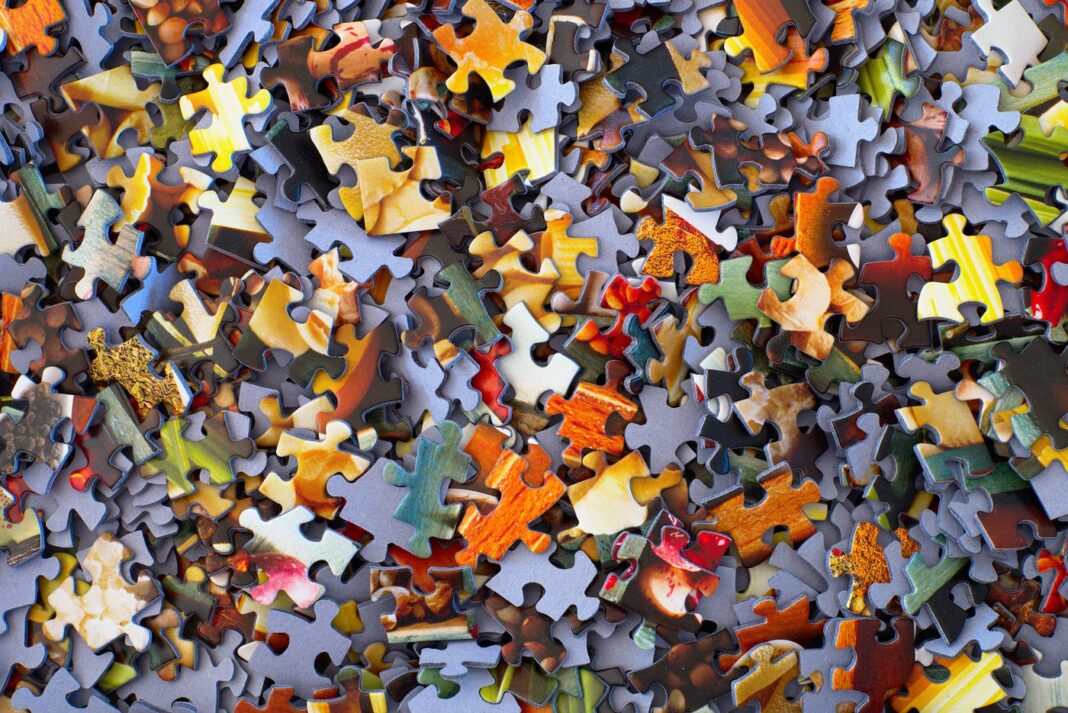Classify Into Separate Groups: The Fascinating World of Puzzle Solving
The New York Times has long been a revered institution, not just for its journalism but also for its daily puzzles, particularly the crossword. The traditional crossword puzzle is a challenge that demands a mix of knowledge, patience, and sometimes a bit of luck. However, in recent years, The Times has diversified its offerings with bite-sized puzzles like The Mini and new innovations like Connections, each bringing a unique flavor to the puzzle-solving experience.
The Mini: A Snapshot of Mental Agility
The Mini, as its name suggests, is a smaller version of the traditional crossword puzzle. It’s designed to be a quick challenge, often taking just a minute or two to complete. This puzzle caters to those who love the thrill of speed-running through clues, racing against the clock or competing with friends to see who can finish fastest. The brevity of The Mini doesn’t diminish its complexity; instead, it intensifies the challenge by condensing it into a few strategic moves. For many, it’s the perfect daily brain exercise—a way to sharpen the mind without a significant time investment.
Connections: A New Way to Classify Into Separate Groups
Connections is one of The Times’ newest puzzle offerings, and it’s quickly gaining popularity. The game presents players with a four-by-four grid of words. The challenge lies in identifying four words that share a commonality, effectively asking players to classify these words into separate groups.
What makes Connections intriguing is the way it plays with ambiguity. A word like “rock” could belong to a musical genre group, but it could just as easily be part of a group related to geological formations. The puzzle requires lateral thinking and a bit of intuition, making it a fresh and engaging addition to The Times’ puzzle lineup.
However, not everyone is thrilled with Connections. Some players find it too easy, particularly once they grasp the underlying patterns. The game’s simplicity—four wrong guesses before you lose, and a process of elimination that often feels more mechanical than strategic—has led to mixed reviews. While some enjoy the relaxed pace, others miss the nail-biting tension of Wordle or the deep satisfaction of solving a tricky crossword clue.
The Evolution of Puzzle Culture
The rise of games like Connections and The Mini reflects a broader trend in puzzle culture. Today’s solvers are looking for variety and convenience. They want puzzles that fit into their busy lives, offering a mental workout without requiring a significant time commitment. The New York Times has tapped into this desire, creating games that are as much about entertainment as they are about intellectual stimulation.
Yet, the appeal of traditional puzzles remains strong. The crossword is still a staple, beloved by those who enjoy the slow burn of a challenging grid, the satisfaction of completing a difficult puzzle, or the thrill of learning something new with every clue. The crossword community is vast and diverse, with solvers who range from casual players to those who classify clues by their difficulty, length, and complexity.
A Reflection on Programming Greats
Interestingly, the world of puzzles has much in common with the world of programming. Both require a deep understanding of systems, the ability to think logically, and the skill to classify complex problems into manageable parts.
Take, for example, the late Edsger Dijkstra, a giant in the field of computer science. His writings, though often technical, reveal a mind constantly at play, constantly seeking to solve the puzzles of programming and computing.
Dijkstra’s approach to problem-solving wasn’t just about finding the right answer; it was about understanding the problem in such a way that the solution became clear. In a sense, Dijkstra’s work was about classifying problems into separate groups, understanding their nature so that they could be solved efficiently and elegantly. It’s a mindset that’s as relevant to programming as it is to solving a crossword or playing a game of Connections.
Conclusion
Whether you’re a fan of The Mini, a traditional crossword enthusiast, or a newcomer to Connections, there’s no denying the allure of puzzles. They challenge us to think differently, to classify information in new ways, and to find patterns where none seem to exist. And in doing so, they remind us that, at its core, problem-solving—whether in puzzles, programming, or life itself—is about finding connections and understanding the world around us.




